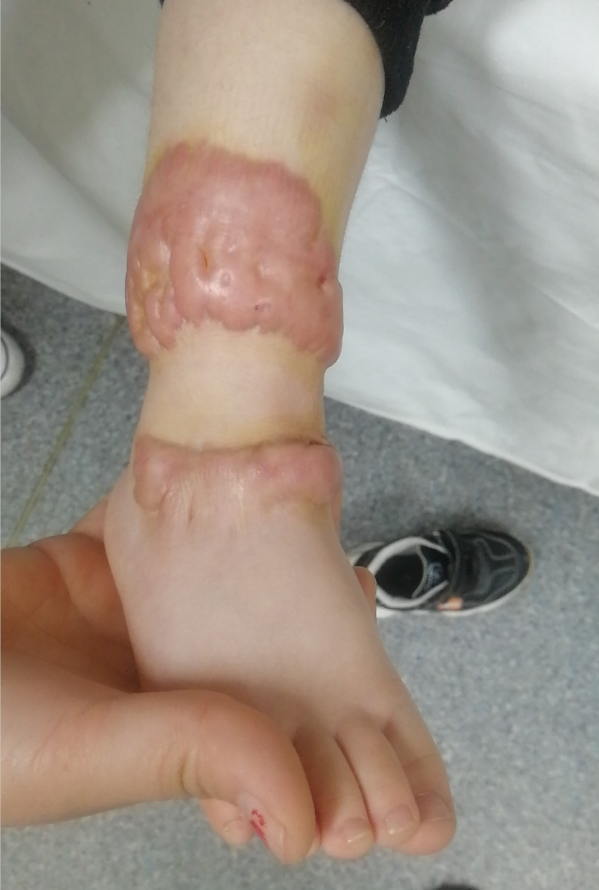
The specific method of burn scar repair with elastic sleeve pressure for scar repair
1. Indications for treatment: If the wound is healed from 10 days to 14 days, elastic sleeves can be applied prophylactically to patients with black scars. If the repair takes 14 to 21 days, all patients should undergo preventive compression therapy. If the red subsides within 2 months to 3 months, it can be concluded that the scar will improve gradually and no compression therapy is required. If it is still highly vascularized for 2 months, bright red, and progressively hardened, it means that scars will form and compression therapy must be continued. If the repair takes more than 21 days, stress therapy must be applied for a long time.
2. The key to the success of compression therapy is "early", "tight" and "long". After the wound is healed, compression should be started as soon as possible. After the scar is obvious, the compression effect is not good. The pressure is 2.13kPa-2. 39kPa is appropriate. If the elastic sleeve becomes loose, it will lose its pressurizing effect and must be replaced in time. If the patient feels too tight and can't tolerate, you can relax slightly to reduce the pressure, but the elastic sleeve cannot be released. The elastic sleeve must be worn for 18 hours to 24 hours a day, at least 4 months to 6 months, or even up to 2 years. Relaxing prematurely may cause the scar to rebound. Generally, after 4 months to 6 months of continuous compression, scar hyperemia disappears and the bulge becomes flat. After 8 months to 10 months, most cases can terminate compression. The standard for termination of compression is scar scarring and color Turn white.
3. The mechanism of histopathological changes of pressure therapy is not yet clear. It may be that pressure causes ischemia, activates tissue metabolism, and increases collagenase activity. Due to local hypoxia and ischemia, the number of tubes is reduced, the blood supply of scar tissue is reduced, and the partial pressure of oxygen in the cells is reduced under hypoxia. Mitochondrial function is reduced or even stopped. At the same time morphological changes occurred. Such as mitochondrial swelling and vacuolar degeneration. In this way, the mitochondria that are mainly used for the biological oxidation of cells cannot release energy in a series of oxidative phosphorylation processes, so that the proliferation of fibroblasts is inhibited, and finally degeneration and necrosis occur, and the function of generating collagen fibers and matrix is greatly reduced. As a result, the scar becomes thinner and softer.
